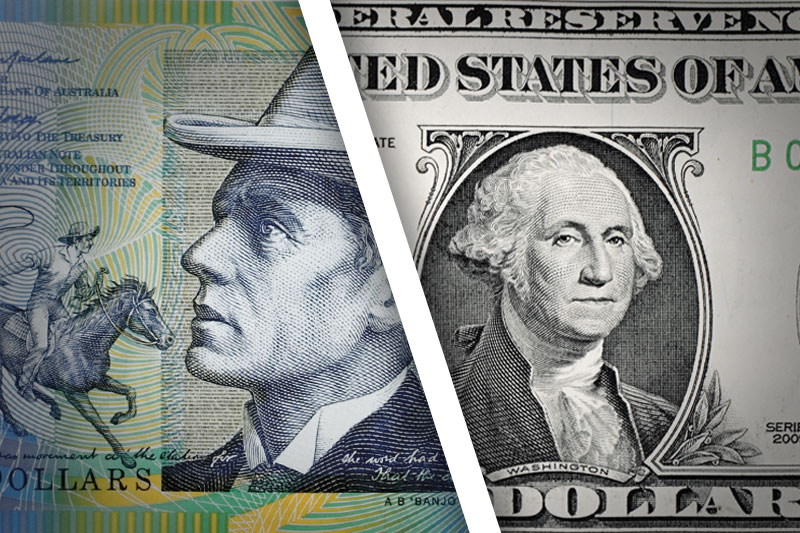Investing.com - The Australian dollar was lower against its U.S. counterpart on Tuesday, as expectations for further rate cuts by the Reserve Bank of Australia were fuelled by the minutes of the bank's latest policy meeting.
AUD/USD hit 0.9500 during late Asian trade, the pair's lowest since June 13; the pair subsequently consolidated at 0.9492, dropping 0.51%.
The pair was likely to find support at 0.9430, the low of June 13 and resistance at 0.9574, the session high.
The minutes of the RBA's June 4 meeting showed that policymakers said the Aussie may fall further as export prices ease. They also repeated that the bank has room to cut interest rates further.
Meanwhile, investors remained cautious amid growing expectations that the Federal Reserve will to start taper off its bond purchasing program later this year.
Investors were looking ahead to the central bank’s rate statement on Wednesday amid uncertainty over the bank's next move.
The Aussie was lower against the euro with EUR/AUD adding 0.36%, to hit 1.4042.
Later in the day, the U.S. was to release official data on building permits, housing starts and consumer price inflation.
AUD/USD hit 0.9500 during late Asian trade, the pair's lowest since June 13; the pair subsequently consolidated at 0.9492, dropping 0.51%.
The pair was likely to find support at 0.9430, the low of June 13 and resistance at 0.9574, the session high.
The minutes of the RBA's June 4 meeting showed that policymakers said the Aussie may fall further as export prices ease. They also repeated that the bank has room to cut interest rates further.
Meanwhile, investors remained cautious amid growing expectations that the Federal Reserve will to start taper off its bond purchasing program later this year.
Investors were looking ahead to the central bank’s rate statement on Wednesday amid uncertainty over the bank's next move.
The Aussie was lower against the euro with EUR/AUD adding 0.36%, to hit 1.4042.
Later in the day, the U.S. was to release official data on building permits, housing starts and consumer price inflation.
